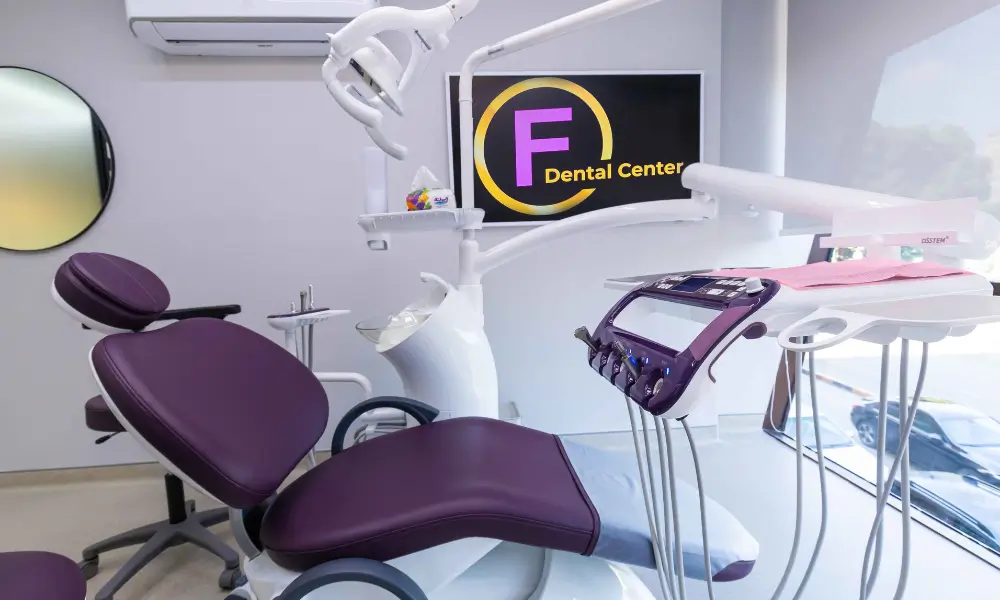Advanced In-House Laboratories – A Quantum Leap in Medical Diagnostics
1. What Are Advanced In-House Laboratories?
Advanced in-house laboratories are modern facilities equipped with the latest laboratory devices and technologies, enabling doctors to conduct medical tests quickly and accurately within the same healthcare facility. This eliminates the need to send samples to external labs, reducing waiting times for results and improving treatment efficiency.

2. Key Tests Conducted in Advanced Laboratories
These laboratories offer a wide range of diagnostic tests, including:
- Comprehensive Blood Tests: To detect blood disorders, sugar levels, lipid profiles, and vitamin deficiencies.
- Hormonal Analysis: To assess endocrine function and detect any hormonal imbalances.
- Kidney and Liver Function Tests: To monitor the health of these vital organs.
- Cancer Marker Tests: For detecting cancerous cells or early warning signs of tumors.
- Microbiological Tests: To identify bacterial or viral infections and antibiotic resistance.
3. Benefits of Advanced In-House Laboratories
- Faster Results: Patients receive test results quickly, allowing for immediate medical intervention if necessary.
- High Accuracy: These labs utilize state-of-the-art equipment and artificial intelligence (AI) for precise data analysis.
- Improved Patient Experience: Reduces the need for multiple hospital visits and external lab referrals.
- Cost Efficiency: Minimizes the need for repeated tests or outsourcing to external labs.
Panoramic Imaging – A Comprehensive View of Oral and Dental Health
1. What is Panoramic Imaging?
Panoramic imaging is a specialized type of X-ray that captures a complete view of the upper and lower jaw. It is particularly useful in dentistry, providing a broad perspective of a patient’s oral health and detecting issues that may not be visible with traditional dental X-rays.
2. Benefits of Panoramic Imaging
- Early Detection of Dental Problems: Identifies impacted teeth, hidden cavities, and periodontal disease.
- Accurate Treatment Planning: Helps in designing precise orthodontic and implant procedures.
- Bone Health Assessment: Detects fractures, bone infections, and abnormalities.
- Quick and Painless Procedure: Compared to other imaging methods, it is non-invasive and efficient.
3. Uses of Panoramic Imaging in Dentistry
- Determining the Need for Orthodontic Treatment in Children and Adolescents
- Detecting Tumors or Jaw Infections
- Evaluating Bone Density Before Dental Implants
CT Scan – High-Precision Diagnostic Imaging
1. What is a CT Scan?
A Computed Tomography (CT) scan is an advanced imaging technique that combines X-ray technology with computer processing to create detailed three-dimensional images of internal body structures. It is widely used for diagnosing various medical conditions with high accuracy.
2. Common Applications of CT Scans
CT scans are utilized in multiple medical scenarios, such as:
- Detecting Tumors and Cancers: Providing precise information on tumor location and size.
- Diagnosing Cardiovascular Diseases: Identifying arterial blockages or heart valve issues.
- Assessing Bone and Joint Disorders: Detecting fractures and structural issues not visible on standard X-rays.
- Examining Brain and Neurological Conditions: Used in cases of strokes, head injuries, and brain disorders.
- Emergency Room Diagnosis: Essential for assessing internal injuries and bleeding.
3. Key Advantages of CT Scan Technology
- High Precision: Offers superior image clarity compared to conventional X-rays.
- Rapid Procedure: Takes only a few minutes, making it suitable for emergency cases.
- Non-Invasive: Provides clear internal images without requiring surgery.
Challenges and Opportunities in Implementing These Technologies
1. Challenges of These Technologies
Despite their advantages, some challenges need to be addressed:
- High Costs: Acquiring and maintaining advanced equipment requires significant investment.
- Need for Specialized Training: Operating these technologies demands skilled professionals.
- Radiation Exposure: Though generally safe, repeated exposure to radiation may pose health risks for certain individuals.
2. Opportunities for Future Advancements
- Integration of AI for More Accurate Diagnoses and Error Reduction
- Implementation of Robotic Systems for Faster and More Efficient Lab Testing
- Development of Safer Imaging Techniques with Lower Radiation Exposure
Conclusion
The integration of advanced in-house laboratories with panoramic and CT scan imaging has revolutionized medical diagnostics, offering faster, more accurate, and cost-effective solutions. Despite challenges related to cost and training, continuous advancements in medical technology are paving the way for safer, more efficient diagnostic methods. These innovations are essential for improving patient care and enhancing overall healthcare quality.
